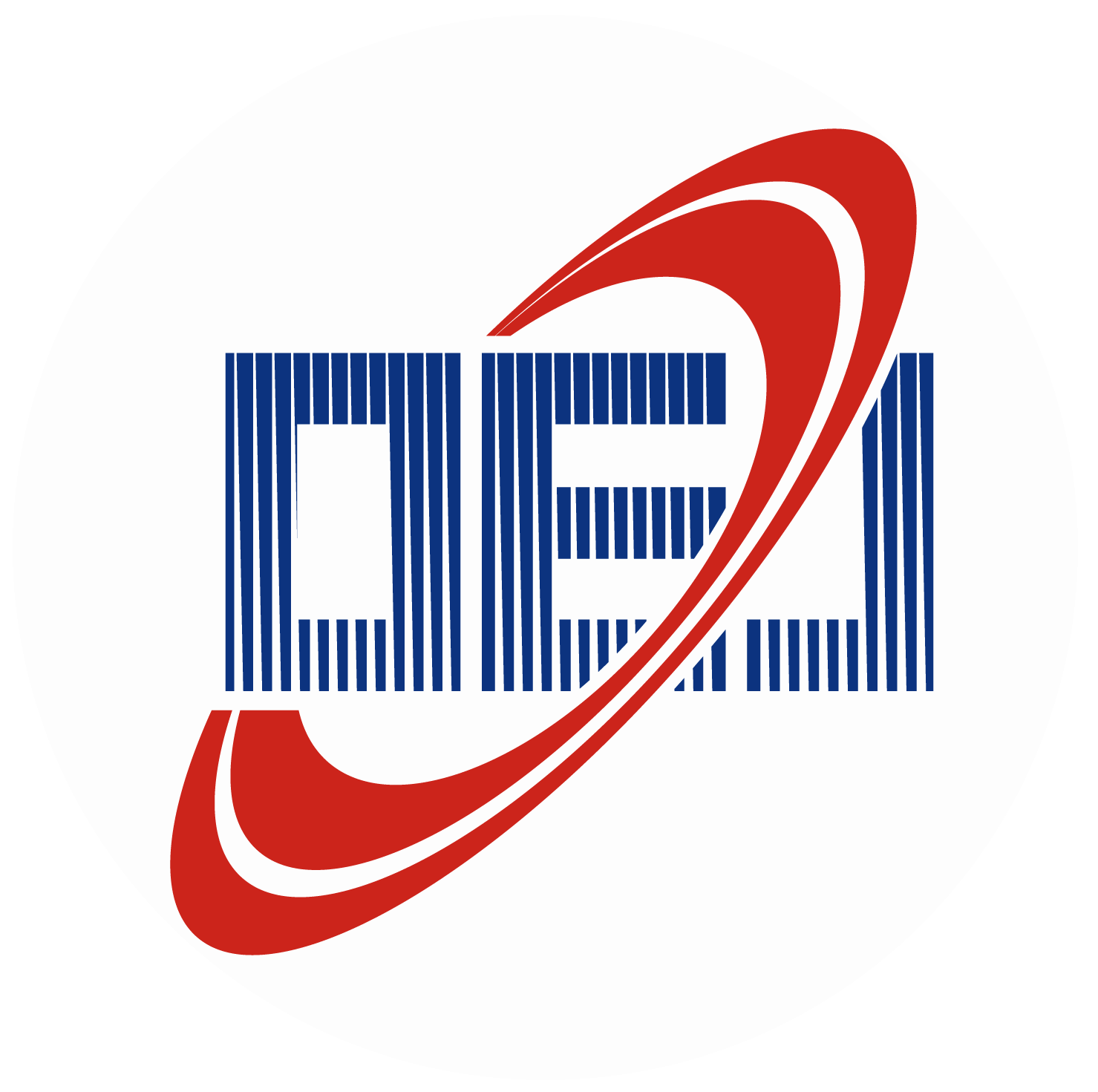-
Abstract
We propose a high-accuracy artifacts-free single-frame digital holographic phase demodulation scheme for relatively low-carrier frequency holograms—deep learning assisted variational Hilbert quantitative phase imaging (DL-VHQPI). The method, incorporating a conventional deep neural network into a complete physical model utilizing the idea of residual compensation, reliably and robustly recovers the quantitative phase information of the test objects. It can significantly alleviate spectrum-overlapping-caused phase artifacts under the slightly off-axis digital holographic system. Compared to the conventional end-to-end networks (without a physical model), the proposed method can reduce the dataset size dramatically while maintaining the imaging quality and model generalization. The DL-VHQPI is quantitatively studied by numerical simulation. The live-cell experiment is designed to demonstrate the method's practicality in biological research. The proposed idea of the deep learning-assisted physical model might be extended to diverse computational imaging techniques. -



 E-mail Alert
E-mail Alert RSS
RSS


